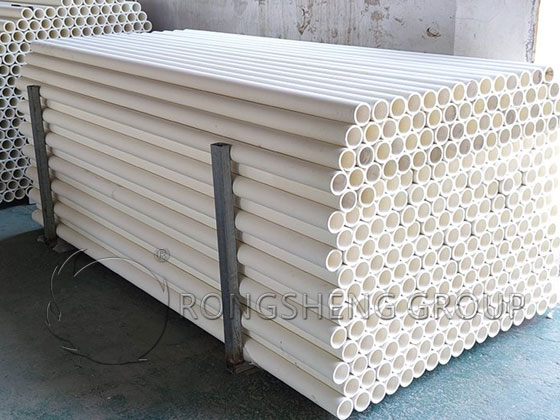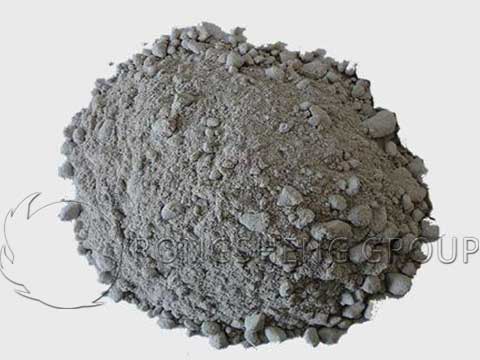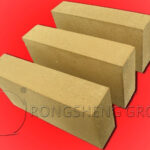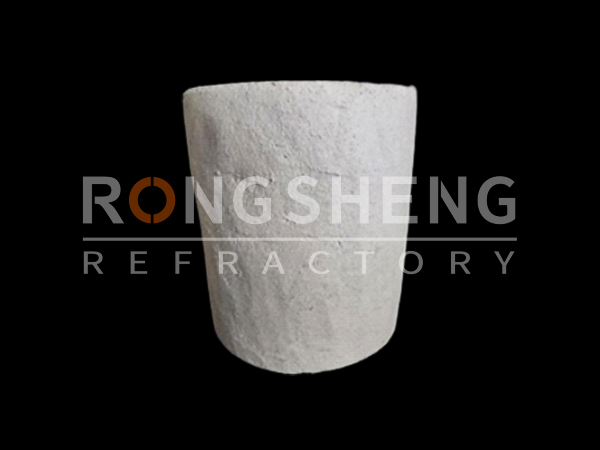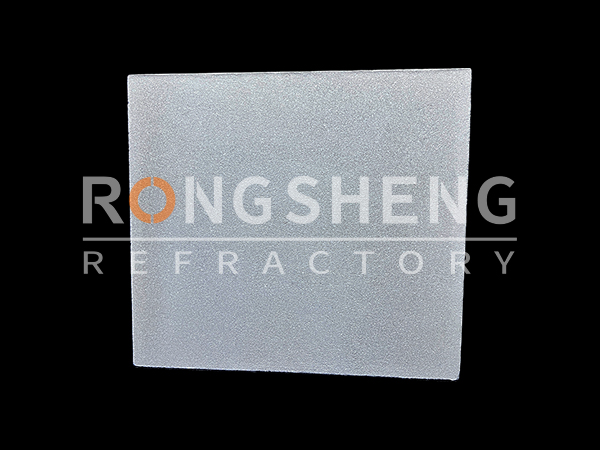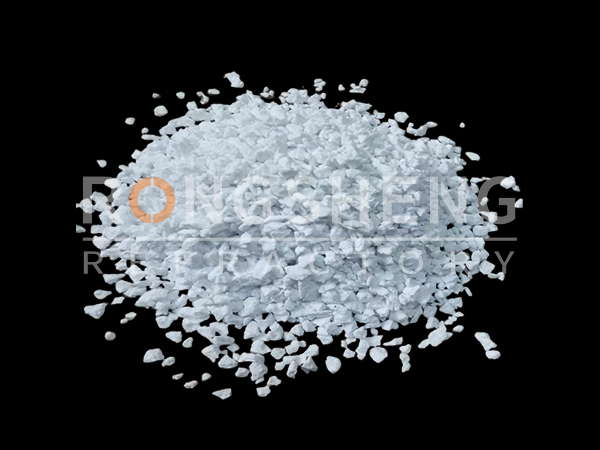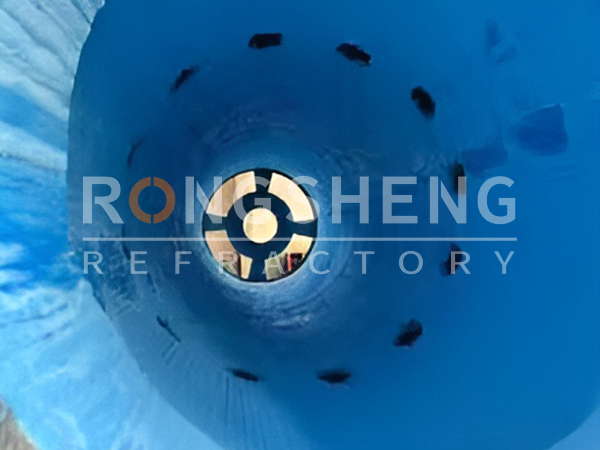Requirements for the Use of Refractory Materials for Ladles
The steel ladles are the necessary equipment for receiving molten steel and for continuous casting. Because many steel grades need to be refined in the ladle, including argon blowing temperature adjustment, alloy composition fine-tuning, powder spray refining and vacuum treatment, etc. The working conditions of the ladle lining are getting worse and worse, and its working environment is.
- (1) The temperature of molten steel is higher than that of the die-casting ladle.
- (2) The residence time of molten steel in the ladle is prolonged.
- (3) The inner lining of the ladle volatilizes itself under a high-temperature vacuum and undergoes the stirring effect of molten steel.
- (4) The impact of the lining when it accepts molten steel.
- (5) Erosion of slag to the lining.
Therefore, the requirements for ladle refractories are:
- (1) High-temperature resistance. Can withstand high-temperature molten steel for a long time without melting and softening.
- (2) Thermal shock. Can withstand repeated loading and unloading of molten steel without cracking and peeling.
- (3) Corrosion is resistant to slag. Can withstand the erosion effect of slag and slag basicity changes on the lining.
- (4) It has sufficient high-temperature mechanical strength. Can withstand the stirring and scouring of molten steel.
- (5) The lining has a certain degree of expansion. Under the action of high-temperature molten steel, the inner linings are in close contact and become a whole.
Commonly Used Refractory Materials for Ladles
- The bottom layer of the ladle. Clay bricks, also known as fired bricks. Clay bricks are made of clay (including shale, coal gangue, and other powders) as the main raw material, which is processed, shaped, dried, and fired with mud. There are solid and hollow.
- Ladle working layer, high alumina brick. Among the refractory materials produced with aluminum-silicon-based raw materials, the bricks with Al2O3 as the main component are high-alumina bricks, mullite bricks, and corundum bricks.
- The main body of the ladle is poured. Castable refers to the mixture composed of refractory aggregate, binder, and admixture, which is mixed with water (or liquid binder) to form mud that can be constructed by the pouring method. The difference from other unshaped refractories is that refractory castables have a certain setting and hardening time after construction. Therefore, after casting and molding, it needs to be cured for a certain period of time before it can be de-molded, and then it can be put into baking after an appropriate period of natural curing.
- Ladle wall. Unburned bricks are also known as chemically bonded bricks. It refers to the refractory material that can be directly used for masonry without firing. The production process is relatively simple, it is made of refractory materials of different materials, and the combination of powder and granules in the product is mainly formed by the chemical action of the binder.
If the ladle is also used for refining, refractory materials that can also be used include zircon bricks, magnesia carbon bricks, magnesia carbon bricks, magnesia chrome bricks, magnesia chrome aluminum bricks, and the like.
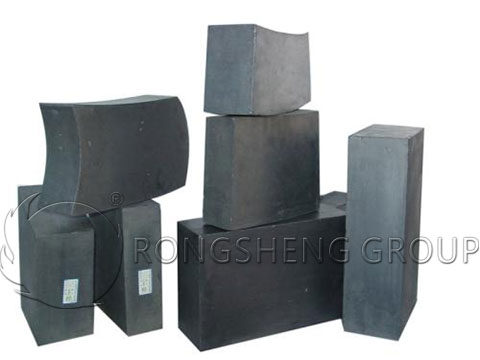
Improvement of High Alumina Bricks Used in Refining Ladle
Modern refining ladles use natural andalusite and bauxite to produce high-alumina bricks. Compared with bauxite, the former has higher purity and thermomechanical stability (such as thermal strength). Because it contains more SiO2, it has poor corrosion resistance. Especially under the condition of alkaline slag, the lining of high-alumina brick masonry refining ladle produced with bauxite clinker as the main raw material has the following shortcomings and is being eliminated.
- ①Due to the volume shrinkage, the molten steel and slag are seriously penetrated and eroded, especially a thick slag layer formed at the brick joints.
- ②Due to the inherent brittleness of the brick itself and its structure, the ladle lining forms a thicker erosion zone and a slag layer.
- ③ Due to the inherent wettability of the lining to molten steel and slag, the erosion and penetration of the slag are more serious, and flake spalling occurs.
In order to overcome the above shortcomings of high-alumina bricks lined with a refined ladle, Al2O3-MgO-C bricks were developed to replace them. Compared with high alumina bricks, Al2O3-MgO-C bricks have the following advantages:
- (1) Good high-temperature resistance and tissue peeling resistance;
- (2) Good corrosion resistance to molten steel and slag;
- (3) Good residual expansion, even at higher temperatures, no cracks appear at the joints of the bricks.
Because, when the temperature is higher than 1650°C, the high-alumina bricks show obvious shrinkage, which will lead to the penetration of molten steel and slag into the brick joints. Different from high alumina bricks, Al2O3-MgO-C bricks will not shrink in the continuous casting temperature range (1650~1670℃).
Ladle Refractory Materials Manufacturers
Rongsheng refractory material manufacturer is a manufacturer of technical refractory lining material solutions with rich production and sales experience. Our excellent technical team specializes in solving the problem of refractory lining of high-temperature furnaces, including various ladle refractory problems. At the same time, our refractory brick production line and monolithic refractory production line are also the strong support of our team. From our customer base in more than 80 countries around the world, it is not difficult to see the strength of our team. Become a customer of Rongsheng Refractory Factory for free, our customer service will not let you down.
